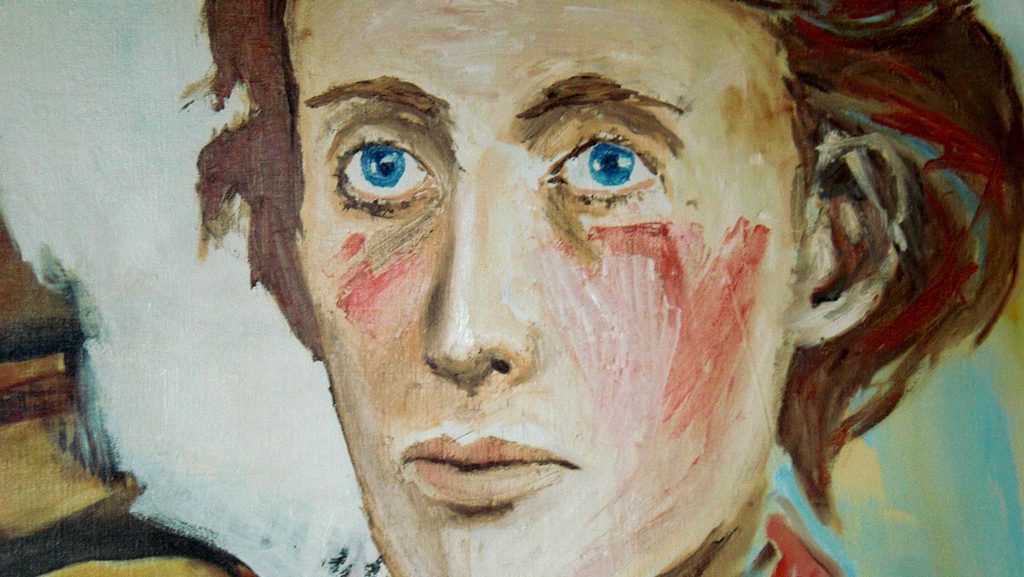Virginia Woolf’s extended essay A Room of One’s Own is probably the most important 20th century piece of writing concerning women’s place in literature and education. It illustrates the power of the patriarchy in schooling through a simple, but very familiar, allegory of grass and gravel.
It was thus that I found myself walking with extreme rapidity across a grass plot. Instantly a man’s figure rose to intercept me…His face expressed horror and indignation. Instinct rather than reason came to my help, he was a Beadle; I was a woman. This was the turf; there was the path. Only the Fellows and Scholars are allowed here; the gravel is the place for me.
In Woolf’s imaginary ‘Oxbridge’ (a fictionalised version of Oxford and Cambridge representing all their men’s colleges), turf is not reserved for men explicitly but for Fellows and Scholars, who nonetheless must be male according to the rules of admission. The Beadle is so confident that Woolf is not a Fellow or a Scholar precisely because she appears as a woman.
‘Turf’, then, represents the status quo, the system of men’s colleges that ensure women are relegated to the gravel. In maintaining the status quo and removing any woman from Oxbridge’s turf, women’s education must necessarily be secondary, for “turf is better walking than gravel”, and without the anchoring of turf and the patriarchal power systems it reinforces, one is removed “from any contact with facts”. Gravel, in Oxbridge, is the preserve of those not worthy of grass, which includes commoners, scouts, and, of course, women.
A Room of One’s Own was originally a series of lectures delivered at Girton and Newnham Colleges in Cambridge, and Woolf continues through her fictional Oxbridge to these women’s colleges. Here, “not a penny could be spared for ‘amenities’; for partridges and wine, beadles and turf, books and cigars, libraries and leisure”. Unlike at the men’s colleges, where turf is an ‘amenity’ available only to the upper classes, at Girton and Newnham College, and Somerville College, and Lady Margaret Hall – all amalgamated into Woolf’s fictional college ‘Fernham’ – there is ‘grass’ instead. Here, “somebody was in a hammock”; the grasses of the garden are “wild” and “unkempt”. The women’s colleges of Oxford and Cambridge reclaimed the turf for themselves by making it not just available for everyone, but by treating it as ‘grass’: wild, natural and unkempt, rather than repressive turf..
This is a tradition that, even today, is maintained in the former women’s colleges of Oxford and Cambridge. The pristine turf of Christ Church and King’s College cannot be walked on even by the scholars and fellows any more; they are instead to be admired from a distance, with the modern equivalent of Woolf’s Oxbridge beadles, the college porter, ready to steer all trespassers back on to the gravel. At Somerville, Lady Margaret Hall, and other similarly relaxed colleges known for being more progressive than their central compatriots , grass is to be walked on and laid upon.
This reclamation is a hundred years in the making and resists “300 years in succession” of tradition. There seems no greater, seemingly innocuous, reminder of the strides women’s education has taken in the ninety-seven years since Woolf wrote A Room of One’s Own than the ability of students at some colleges to have sunny picnics on the quad, where once gravel would have been their lot.


